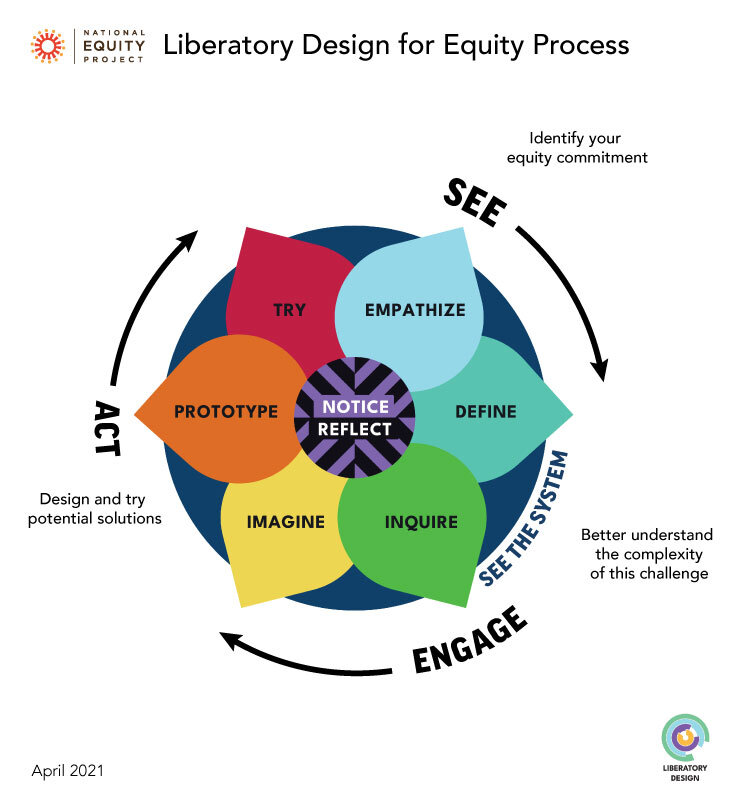In a nutshell, design thinking is a human-centered approach to solving problems. Thinking like a designer can transform the way organizations develop products, services, processes, and strategy. This approach, which is known as design thinking, brings together what is desirable from a human point of view with what is technologically feasible and economically viable. It also allows people who aren't trained as designers to use creative tools to address a vast range of challenges.
There’s no single definition for design thinking. It’s an idea, a strategy, a method, and a way of seeing the world. It’s grown beyond the confines of any individual person, organization or website. And as it matures, its history deepens and its impact evolves. For IDEO, one of the largest design consulting firms, design thinking is a way to solve problems through creativity. Certainly, it isn’t a fail-safe approach; nor is it the only approach. But based on the impact IDEO is seeing in their work, they believe that the relevance of design thinking has never been greater.
To think like a designer requires dreaming up wild ideas, taking time to tinker and test, and being willing to fail early and often. The designer's mindset embraces empathy, optimism, iteration, creativity, and ambiguity. And most critically, design thinking keeps people at the center of every process. A human-centered designer knows that as long as you stay focused on the people you're designing for—and listen to them directly—you can arrive at optimal solutions that meet their needs.
How do you use design thinking?

Design thinking involves five main stages: empathize, define, ideate, prototype, and test. In the empathize stage, design thinkers research, interview, and empathize to better understand their users' needs. In the define stage, design thinkers define and flesh out the problem, and figure out exactly what your users' needs are. In the ideate stage, ideas are created by thinking outside of the box and challenging assumptions. In the prototype stage, designers start to create solutions and MVPs (Minimum Viable Products). Finally, in the test stage, design thinkers try their solutions out and get feedback from their users.
It is important to note that the design thinking proces is not linear. If you notice an issue at any stage, it is important to go back and re-evaluate other stages.
Some sections of this article were adapted from designthinking.ideo.com